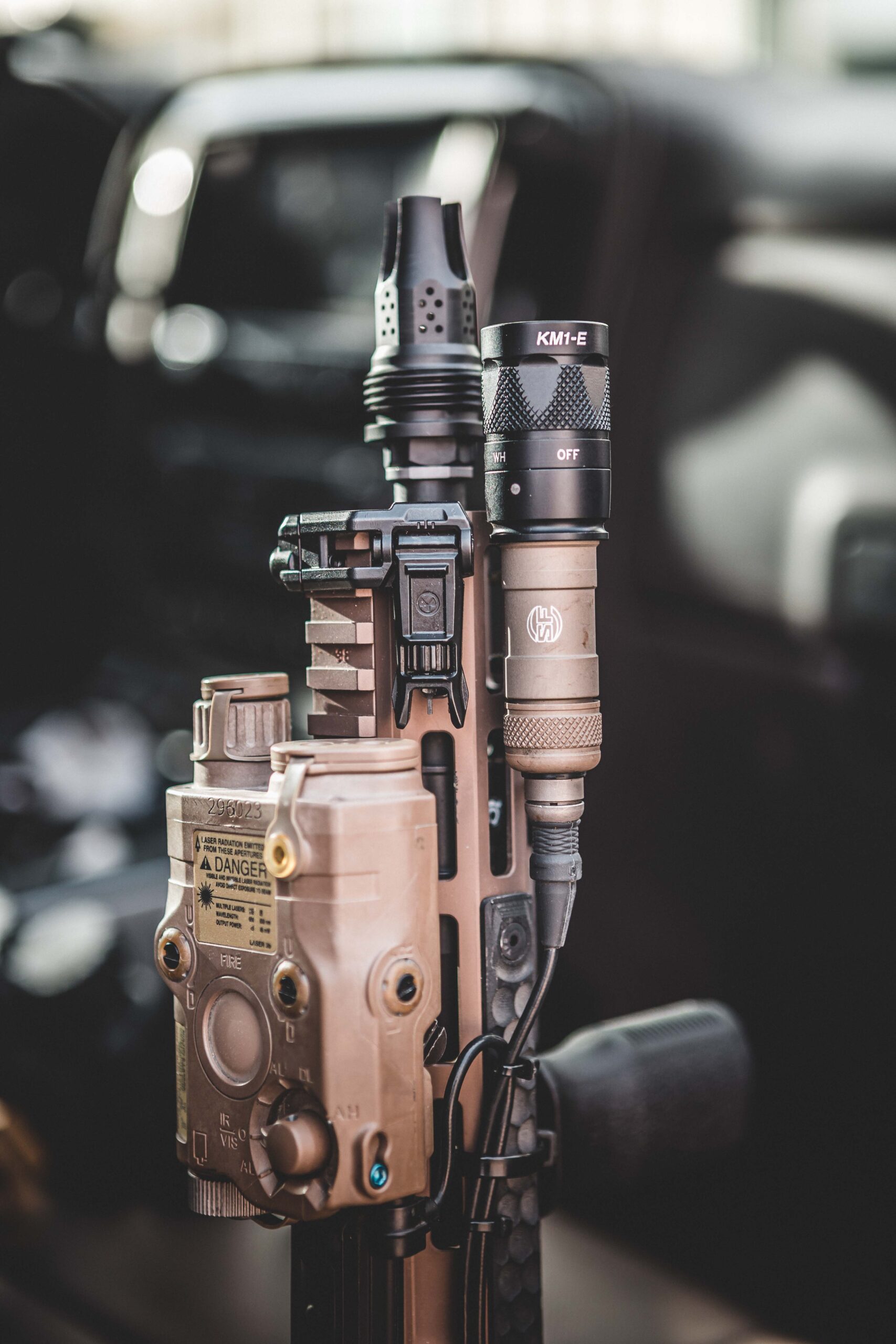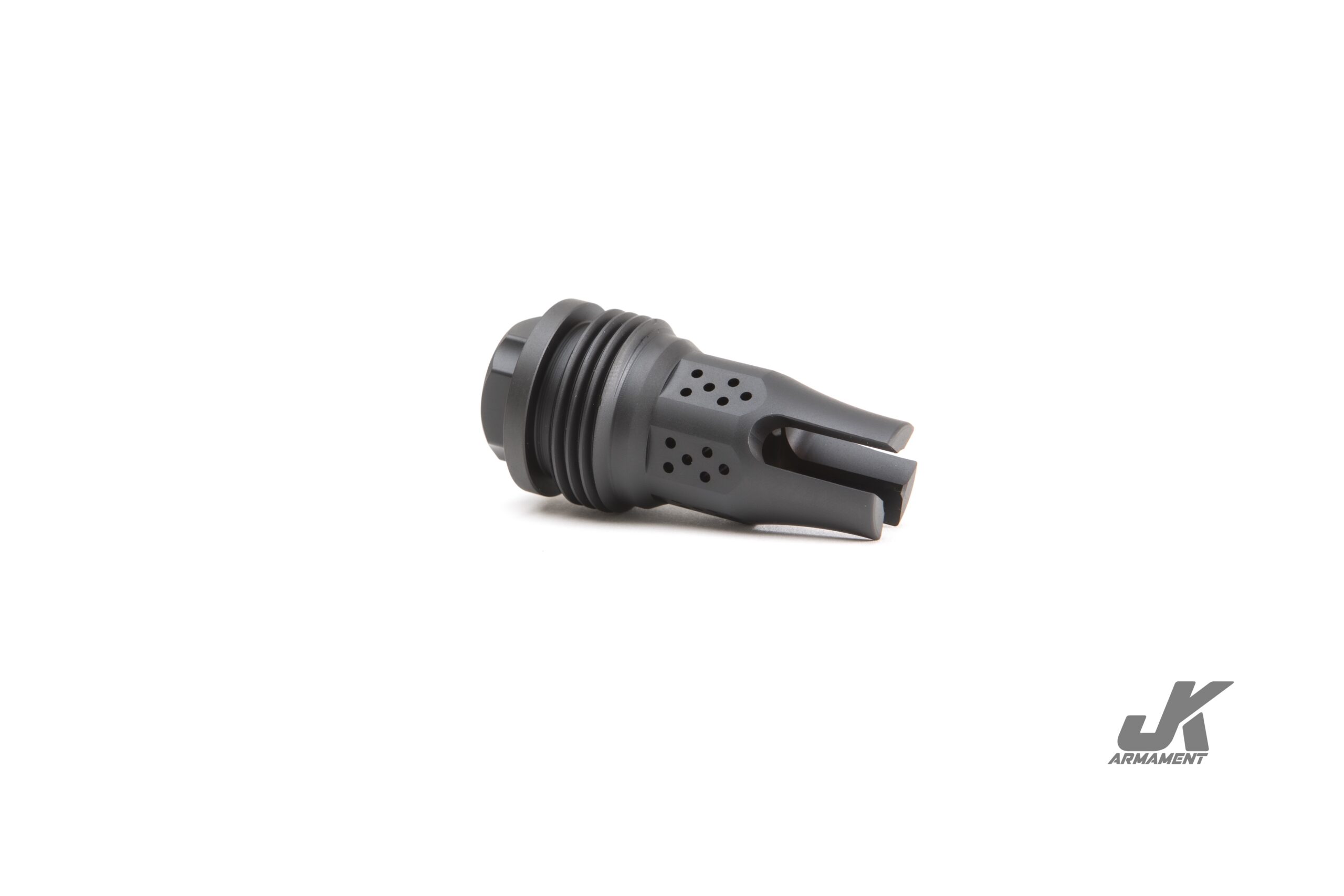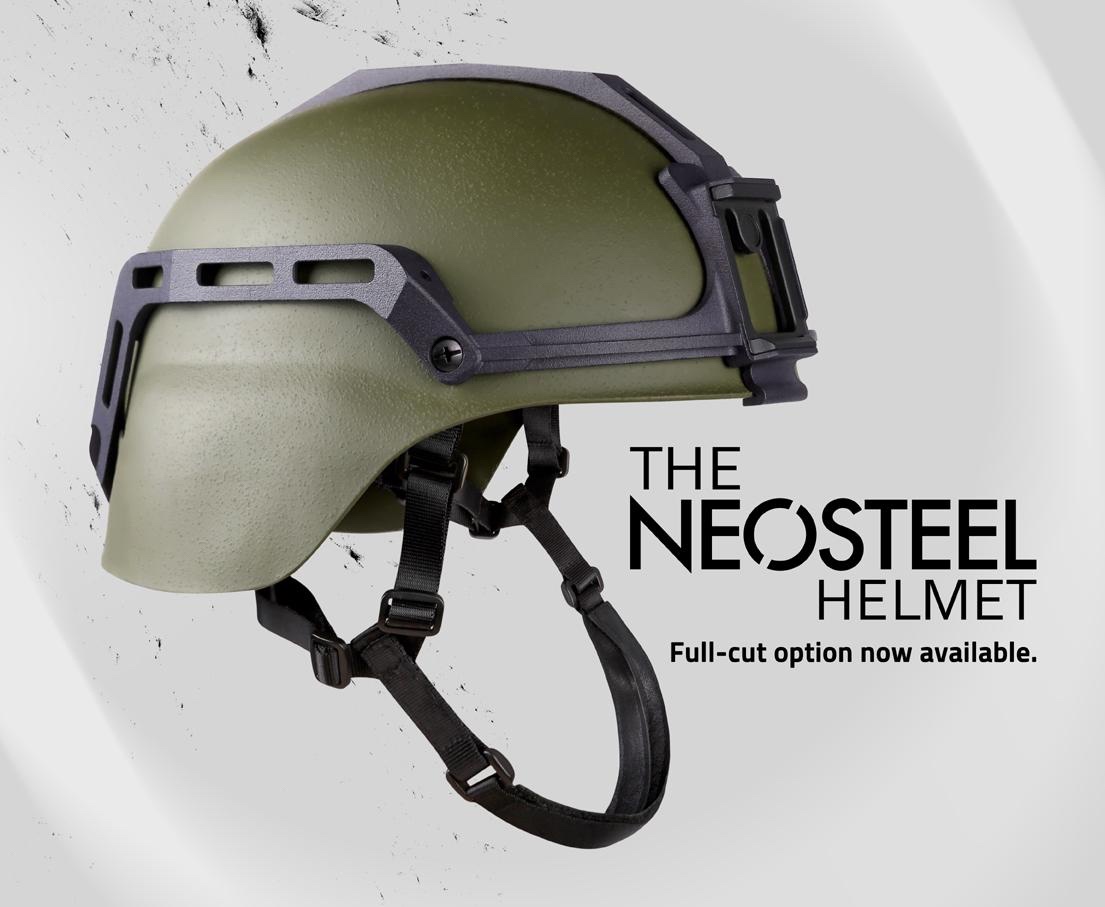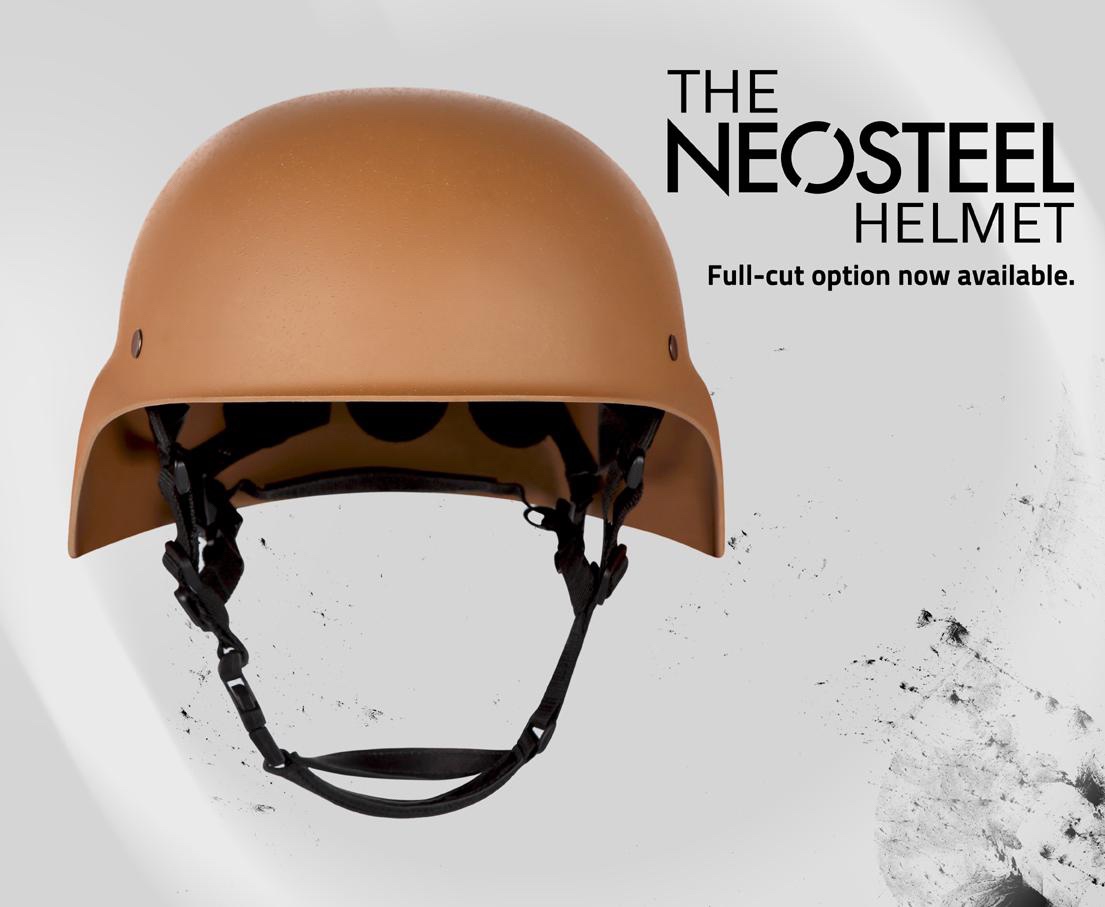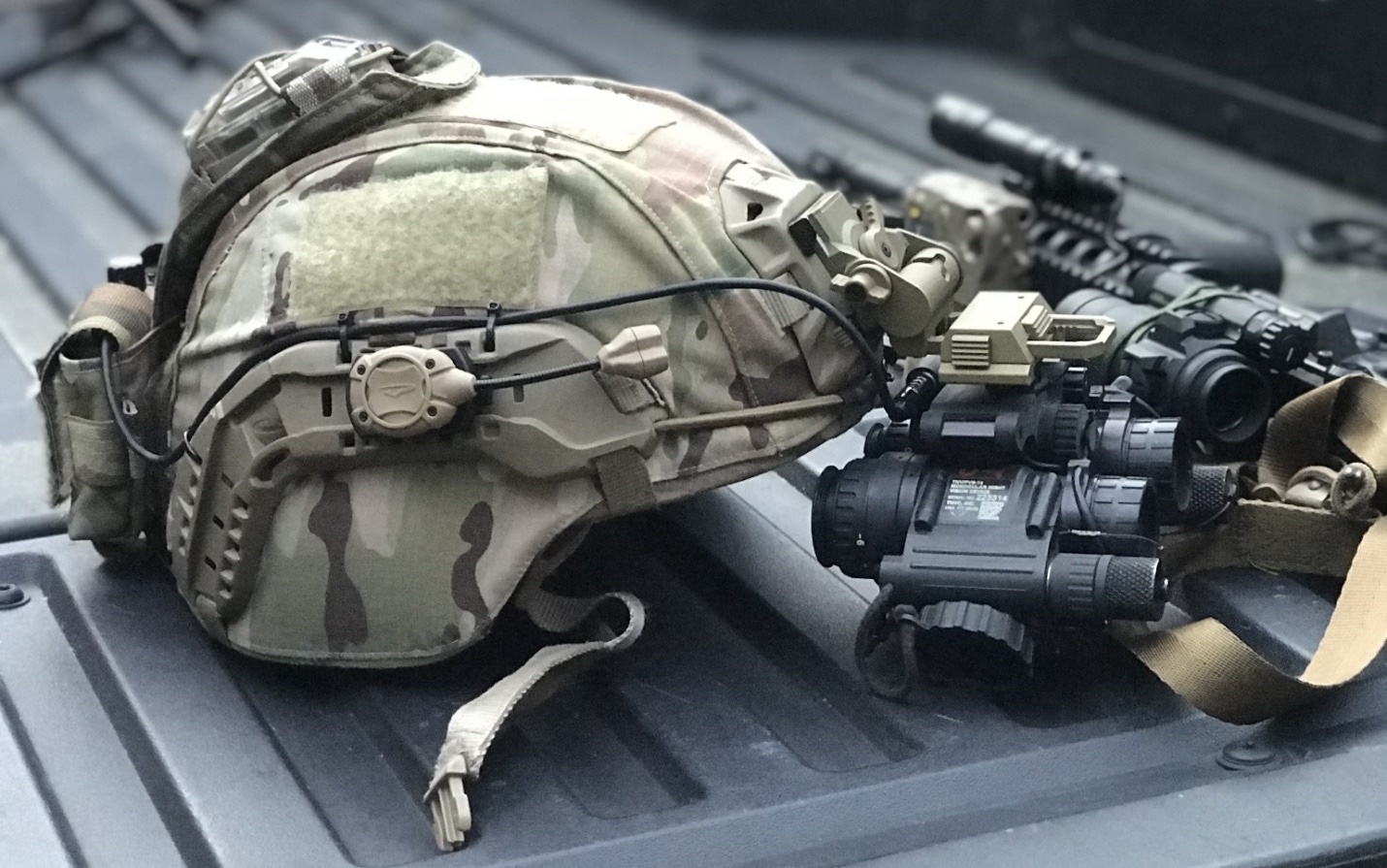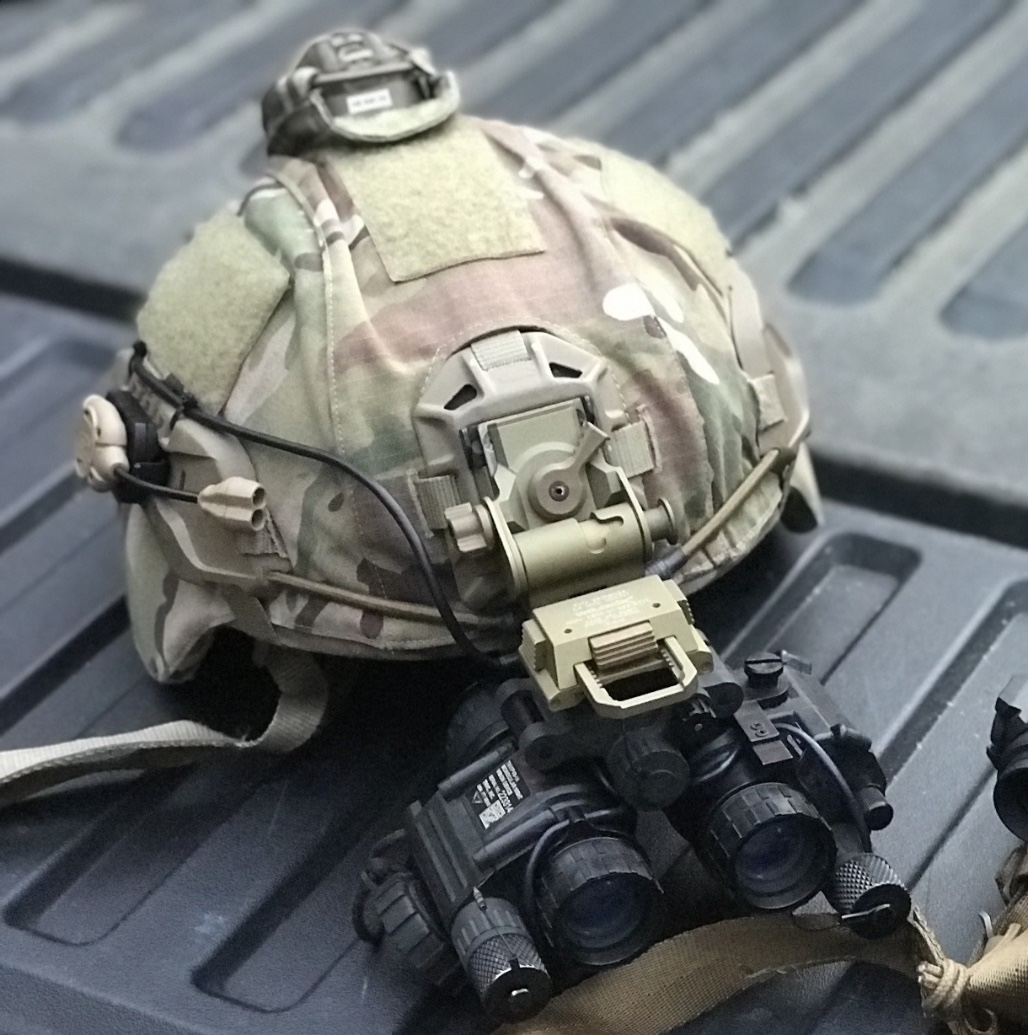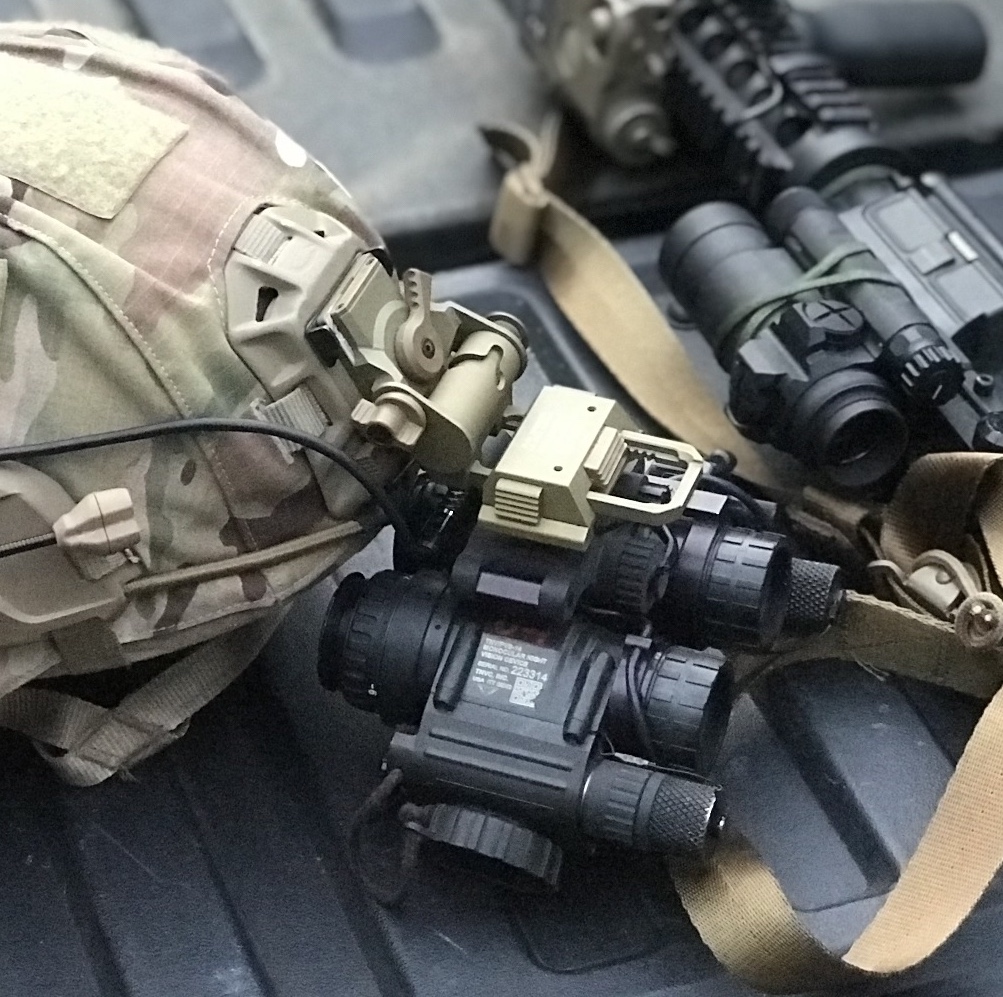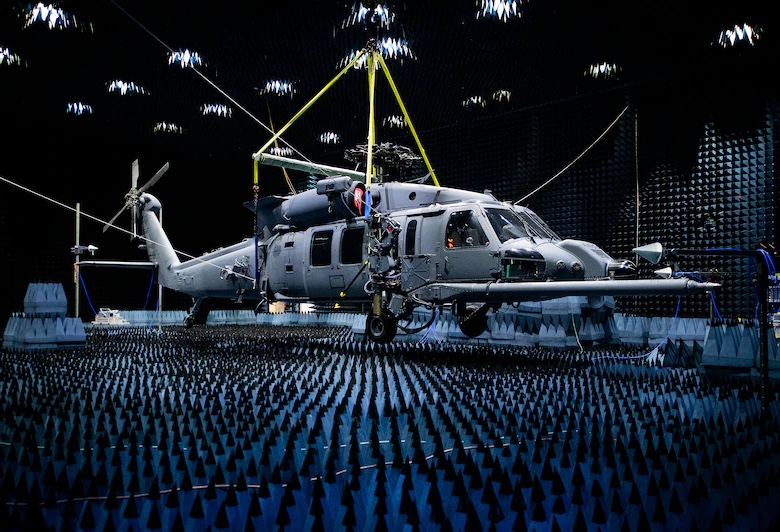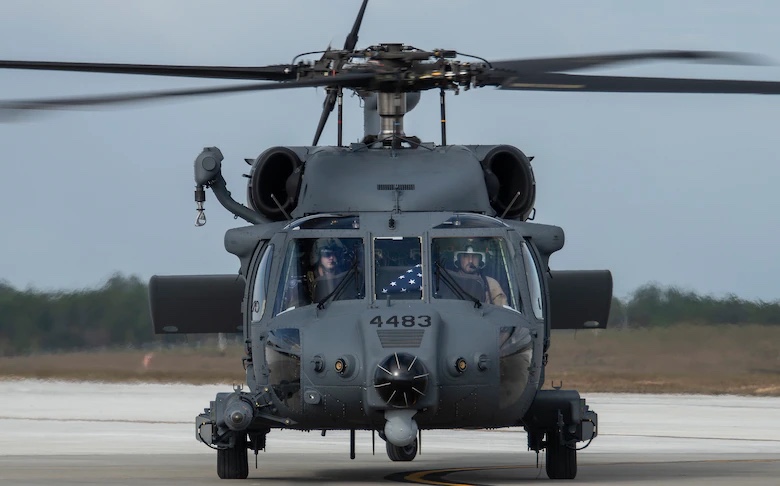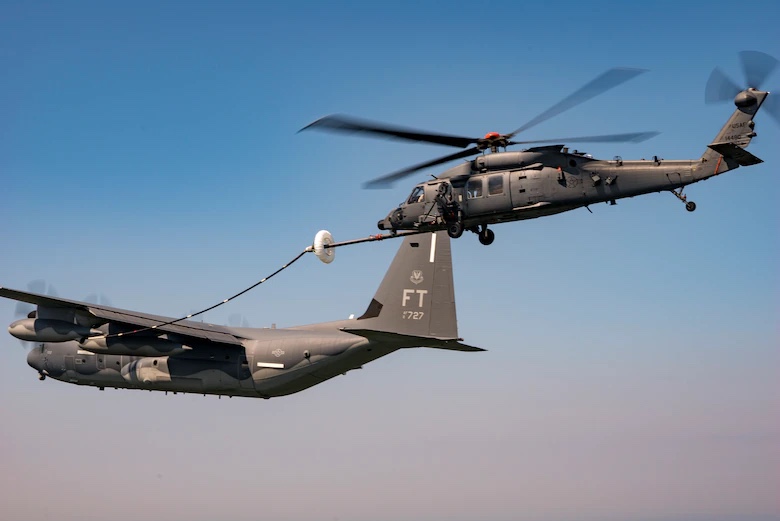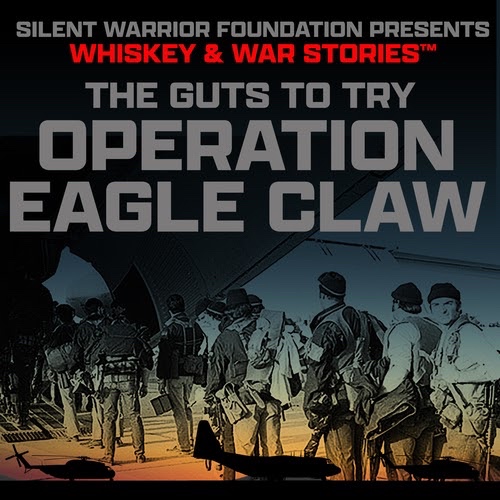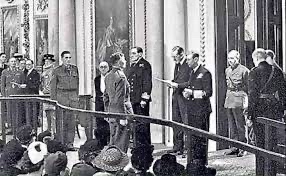MAXWELL AIR FORCE, Ala. (AFNS) —
Air Force Chief of Staff Gen. Charles Q. Brown, Jr. recently signed perhaps the most sweeping change of Air Force basic doctrine in the service’s history, marking a major milestone in the service’s strategic approach to “Accelerate Change or Lose.”
Core themes to the revised Air Force Doctrine Publication-1: The Air Force are the foundation and evolution of airpower and the concept of mission command.
“When it comes to airpower, it’s about the fact that we can fly, fight and win anytime and anywhere. That is tried and true – how we exploit the air domain, operating in and through the air domain,” Brown said. “That’s what we’ve done since we became an Air Force, and that’s what we’ll continue to do. How we do that might change based on what we see happening in the world and where technology might take us.”
With the Air Force recently releasing its new mission statement – To fly, fight and win … Airpower anytime, anywhere – the general said that “leaders need to ensure that all Airmen – active duty, Guard, Reserve or civilian – understand how much they contribute to airpower.”
The document defines the concept of mission command as a return to the philosophy of mission accomplishment guided by the commander’s intent, while operating in environments characterized by “increasing uncertainty, complexity and rapid change.”
“To drive commander’s intent, we have to be very broad in our thinking,” he said. “We have to give Airmen the leeway, without being very prescriptive, to lead and execute while still meeting intent. When Airmen are empowered, they’ll be able to make things happen that we didn’t even think about.”
In the document’s “CSAF Perspective on Doctrine,” Brown reminds Airmen: “Leaders must push decisions to the lowest competent, capable level using doctrine as a foundation for sound choices.” This core idea resonates throughout the rewrite.
AFDP-1 also updates the legacy airpower tenet of “centralized control, decentralized execution” to “centralized command, distributed control and decentralized execution.” This evolution allows for a framework from which to develop new operating concepts, strategies and capabilities to address rapidly changing and increasingly challenging operating environments.
Brown’s new focus on mission command and centralized command, distributed control and decentralized execution postures the Air Force to execute what he lays out in his “Accelerate Change or Lose” vision: “We must focus on the Joint Warfighting Concept, enabled by Joint All-Domain Command and Control and rapidly move forward…”
While AFDP-1 marks a significant departure from the generally slow pace of change in doctrine, it represents the significant change in focus by the Air Force from retrospective and incremental to future-focused and poised to seize opportunity.
Doctrine represents the best practices and principles that articulate how the Air Force fights. The recent rewrite of AFDP-1 represents a consolidation from 141 pages to 16 pages and a refinement of “the most fundamental and enduring beliefs describing airpower and the Airman’s perspective.”
With the March 2021 release of the “Interim National Security Strategic Guidance,” President Joe Biden reminded the nation “the distribution of power across the world is changing, creating new threats.”
AFDP-1 is poised to reorient the Air Force for the era of great power competition and accelerated change.
Air University Public Affairs


